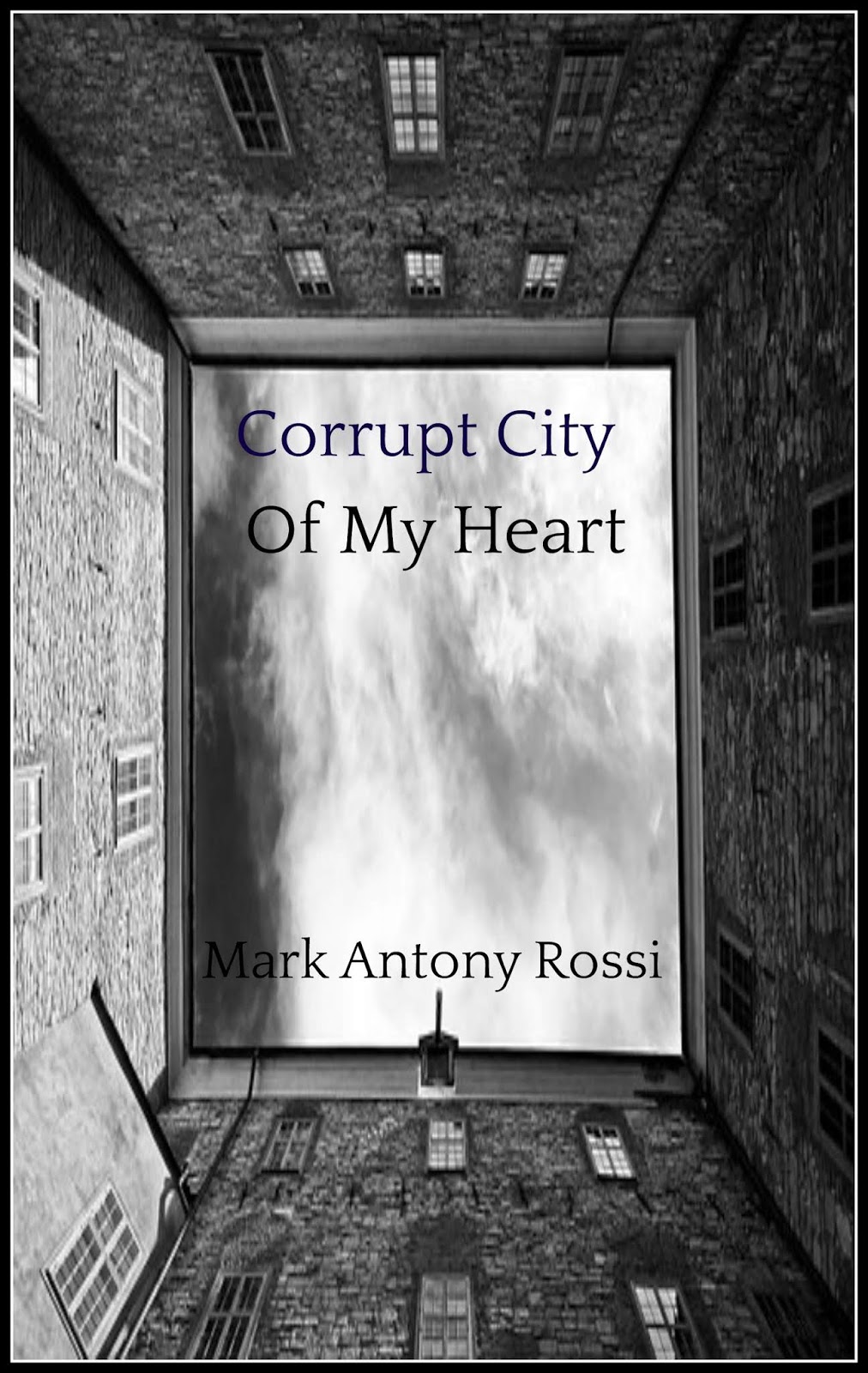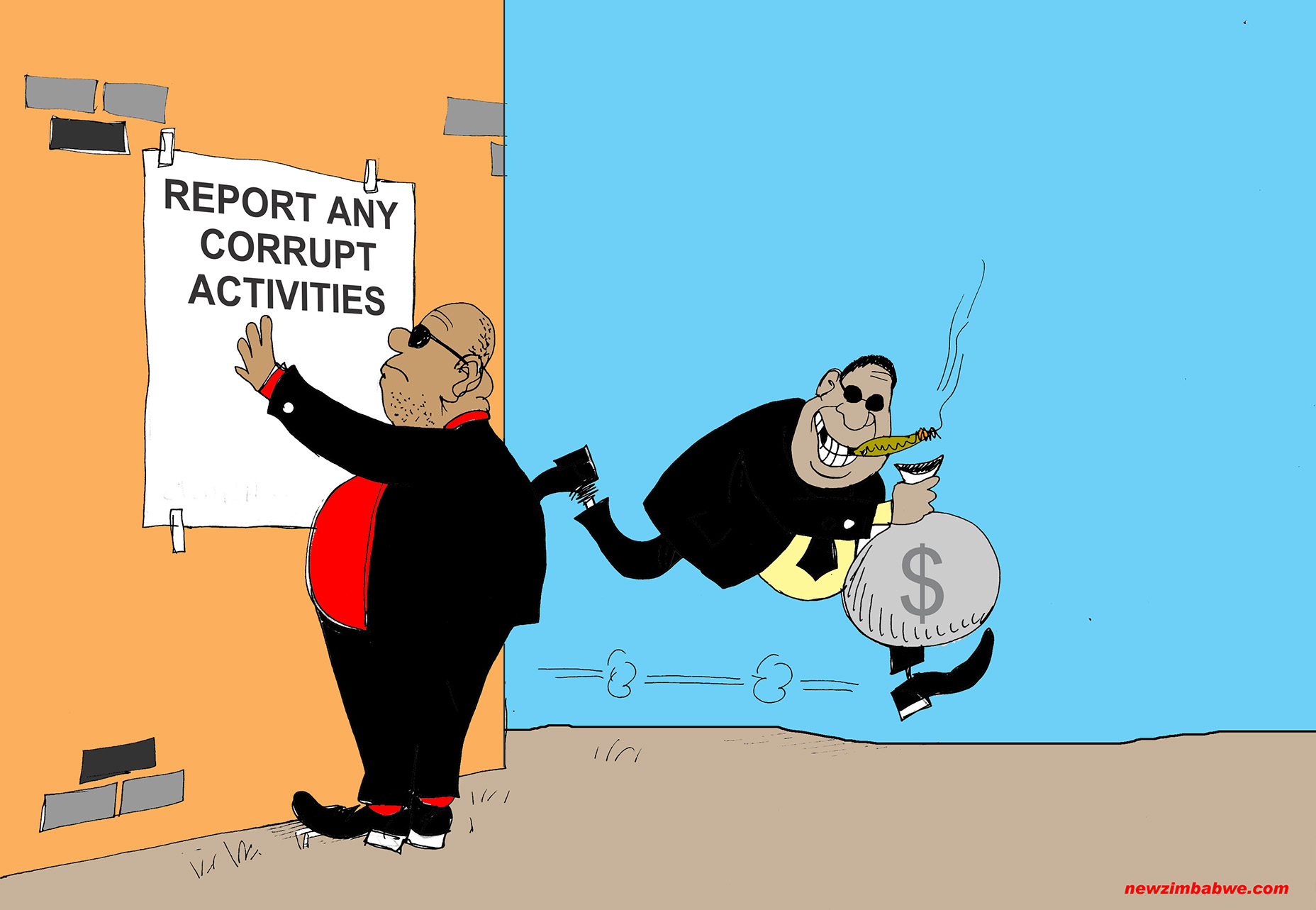
The existence of four separate courts for anti-corruption issues means that even if one is captured, it is unlikely to paralyse the entire system. When Vekić was himself sentenced to pre-trial detention as part of an investigation into his laundering of money from these bribes, it was the county court in Zagreb that ordered it, illustrating the strengths of geographic court decentralisation. However, due to the decentralised system, the capture of this one judge meant that the court units in the other three county courts could continue trying officials for corruption.
ANY CORRUPTED CITY GOVERNMENT TRIAL
For example, the embezzlement trial of the former executive director of the football team Dinamo Zagreb, Zdravko Mamić, revealed that an USKOK unit judge in the Osijek county court, Zvonko Vekić, had accepted bribes of 370,000 Euros to use his influence to produce more favourable outcomes for Mamić and his brother on three separate occasions. The decentralised model of the Croatian anti-corruption framework has also helped it resist attempts by Croatian elites to neuter it. They have brought a number of high-profile Croatian officials to justice, including numerous ministers and high-level civil servants. The specialised court units have helped reverse USKOK’s fortunes. Their most notable conviction was that of former Prime Minister Ivo Sanader, who – despite overseeing many of the reforms strengthening USKOK – was found guilty of accepting 10 million Euros in bribes.

Since 2009, the specialised court units have helped reverse USKOK’s fortunes. It has also mitigated the risk of institutional capture by involving a larger number of institutions. This system has helped keep caseloads manageable by focusing only on offences committed by high-level officials and dividing cases between four courts. These include all acts of corruption, organised crime, international crime, economic crime, and abuse of office committed by high-level officials. They support the work of USKOK by acting as courts of first instance for cases in its jurisdiction. In Croatia, special anti-corruption units are located in the four largest county courts: Zagreb, Rijeka, Split and Osijek. However, unlike nearby Slovakia and Bulgaria that established centralised courts for all corruption cases, Croatia opted for a decentralised model that has proven resistant to undue influence (or ‘capture’). These reforms fit into a global trend in anti-corruption institutional design, which has seen SACCs proliferate around the world. The same reforms also established an independent anti-corruption law enforcement body, PN-USKOK, to support USKOK’s work, creating further synergy on anti-corruption between different arms of the public administration. In response, Croatia established specialised anti-corruption courts (SACCs) to address the problems of pervasive judicial corruption and a lack of specialised judicial knowledge, which were hampering the prosecutors’ ability to turn investigations into convictions. Before the 2009 reforms, the body responsible for prosecution of corruption in Croatia, the Bureau for Combatting Corruption and Organized Crime (USKOK) was struggling to make progress despite a high level of independence. Although these successes have not translated into deterrence against corruption, that could change if the courts are able to replicate their greatest success in convicting Sanader and hold a sitting government accountable for a second time.Ĭroatia’s pre-EU accession reforms may hold the key to its success. Among other achievements, Prime Minister Ivo Sanader, who had only recently resigned, was convicted of corruption in 2012 and further convictions of high-profile officials have followed. Since then, it has become an overlooked anti-corruption success story. The issue subsequently became one of the main obstacles to the country’s EU accession, which it finally achieved in 2013 after substantial anti-corruption reforms.

The Croatian modelĬroatia has long struggled with problems of corruption, dating back to at least the large-scale privatisations of the 1990s.

It will also determine whether elements of the Croatian anti-corruption framework are worthy of emulation elsewhere in the Balkans and further afield. For Croatia’s anti-corruption institutions, this case will be a major test of their maturity. However, amid all of this fanfare, the country is once again grappling with a major corruption scandal, implicating several government ministers.


 0 kommentar(er)
0 kommentar(er)
